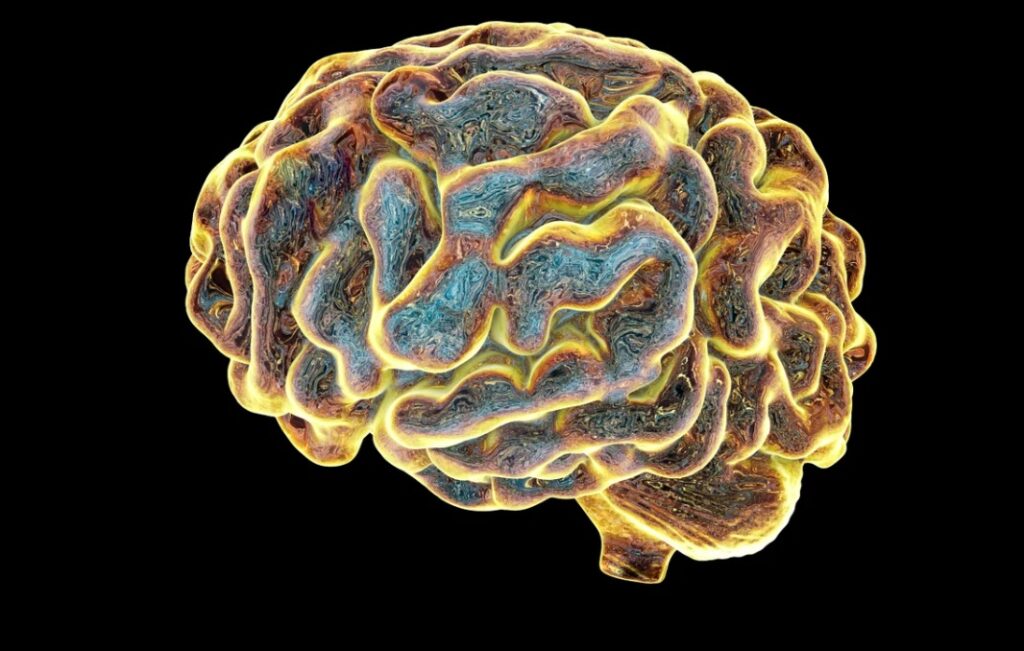Article courtesy of the New York Times
The human brain, more than any other attribute, sets our species apart. Over the past 7 million years or so, it has grown in size and complexity, enabling us to use language, make plans for the future and coordinate with one another at a scale never seen before in the history of life.
But our brains came with a downside, according to a study published Wednesday. The regions that expanded the most in human evolution became exquisitely vulnerable to the ravages of old age.
“There’s no free lunch,” said Sam Vickery, a neuroscientist at the Jülich Research Center in Germany and an author of the study.
The 86 billion neurons in the human brain cluster into hundreds of distinct regions. For centuries, researchers could recognize a few regions, like the brainstem, by hallmarks such as the clustering of neurons. But these big regions turned out to be divided into smaller ones, many of which were revealed only with the help of powerful scanners.
As the structure of the human brain came into focus, evolutionary biologists became curious about how the regions evolved from our primate ancestors. (Chimpanzees are not our direct ancestors, but both species descended from a common ancestor about 7 million years ago.)
The human brain is three times as large as that of chimpanzees. But that doesn’t mean all of our brain regions expanded at the same pace, like a map drawn on an inflating balloon. Some regions expanded only a little, while others grew a lot.
Vickery and his colleagues developed a computer program to analyze brain scans from 189 chimpanzees and 480 humans. Their program mapped each brain by recognizing clusters of neurons that formed distinct regions. Both species had 17 brain regions, the researchers found.
These maps then let the researchers calculate how much bigger each of the 17 regions were in the human brain. They found a number of regions that were roughly the same size in both species. But a few areas were much larger in people. One of them was the orbitofrontal cortex, a region that sits directly behind the eyes and is essential for decision-making.
Vickery and his colleagues then looked at what happened to aging brains. Neuroscientists have long known that by the time people reach their 30s, their neurons start losing some of their connecting branches. As a result, their brains start to shrink. But it’s tricky to compare our dwindling brains to those of other apes, because we live so much longer than they do. Along with the normal loss of brain volume, old people may also have diseases such as Alzheimer’s and Parkinson’s that can wipe out more neurons.
Since chimpanzees rarely live beyond 50, the scientists picked out humans of comparable age to examine how their brains grow old. They analyzed human volunteers ages 20 to 58 and chimpanzees ages 9 to 50. In both species, the researchers found, the brain shrinks over the years. But some regions shrink faster than others. In humans, the fastest-shrinking regions were the orbitofrontal cortex and other parts of the brain that have expanded the most over the past few million years.
The new study is “the next rung in the ladder that we’re climbing to understand the aging brain,” said Caleb Finch, an evolutionary biologist at the University of Southern California who was not involved in the work. But he noted that research has yet to show why recently expanded parts of the brain are so vulnerable to shrinking as we get older. “It’s not clear at all,” he said. “The neurons don’t have any chemical differences.”
One possibility, Vickery said, has to do with the fact that the fastest-expanding parts of our brain facilitate our most complex thinking. It’s possible that the neurons that carry out this thought wear out quickly, causing the regions to shrink.
Aida Gomez-Robles, an anthropologist at University College London who was not involved in the study, cautioned that 189 scans of chimpanzees can only provide a fuzzy picture of their aging brains. “Similar studies of aging in humans tend to include thousands of individuals,” she said.
What’s more, the new study only found a modest link between expanded regions and rapid aging. “It’s true for some of those regions, but we don’t know if it is true for all of them,” Gomez-Robles said.
Ironically, it’s our big brains that help us to live decades longer than chimpanzees. They allowed our species to ensure a steadier supply of food, to figure out the importance of clean water and to invent new kinds of medicine. But in our extra years, our brains continue to shrink. And Vickery’s study suggests that the very regions that help us live longer are shrinking fastest.
In other words, the frustrations of growing old — trouble with recalling words, for example, or switching from one task to another — may just be a legacy of our evolution.
“You have this amazing brain,” Vickery said, “but it comes at a cost.”

